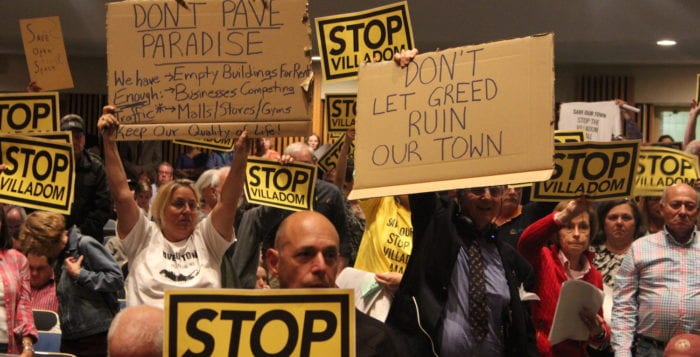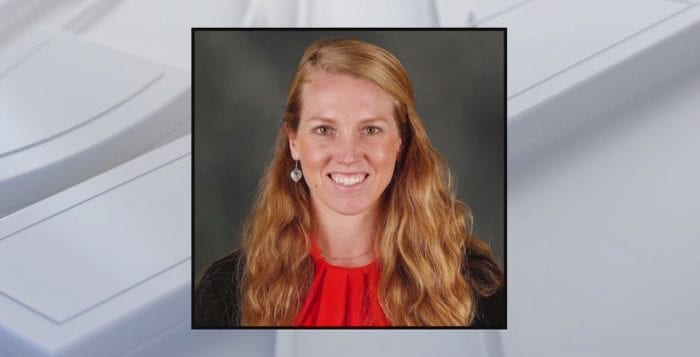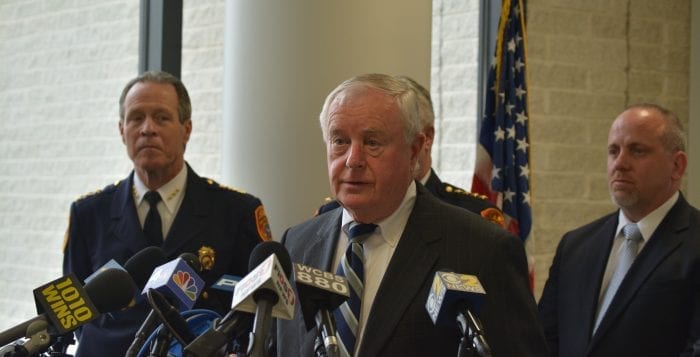“Fear is the mind killer.”
It’s a recurring phrase found in the seminal writing of Frank Herbert’s 1965 book “Dune.” Despite the complicated jumbling of sci-fi jargon and galactic themes of power, religion and politics, the one phrase sticks out, touching on a basic fact of human existence, and the ever-present element of terror in the hearts of humanity.
We experience that same overriding fear again and again, such as now when reading about the current outbreak of the coronavirus from China. There have already been five people announced to have caught the virus in the U.S. That is out of 110 people who are currently being investigated for having the virus, where over 30 have come back negative. New York City has yet to have seen a particular person come forward with the virus, but city hospitals are making preparations knowing it’s only a matter of time, according to The New York Times.
Long Island is in much the same way making such preparations, with Stony Brook University Hospital and other Long Island health centers putting plans into effect.
This isn’t some kind of new, alien virus. The coronavirus has been around for many years, and causes respiratory illnesses in animals, according to the U.S. Centers for Disease Control and Prevention. This new strain of the virus is being called the 2019 novel coronavirus. Deaths, experts say, have mostly been the elderly or those with underlying health conditions.
There’s something primordially horrifying of the prospect of disease, and despite our modern sensibilities we still have not eclipsed that fear. There was swine flu during 2008 and 2009. There was Ebola in 2018.
However, the coronavirus is not something to simply tune out. The death toll has now exceeded 132 persons, all of them in China, and there have been a reported approximately 4,500 cases confirmed, with some scientists saying the number of infections could be higher.
That is not to say these diseases do not kill people, nor that they did not have to be met by concerted efforts of government and civilian medical professionals. But panicked reactions to such outbreaks rarely help.
Factcheck.org posted its own data points of misinformation spread about the virus, with some on social media inaccurately saying there are 10s or 100s of thousands dead, when that’s simply not true or at all confirmed.
The U.S. has already strongly suggested canceling any nonessential visits to China. Transport within the epicenter for the virus is already heavily restricted by Chinese officials. The CDC has said the virus can travel from person to person, so the agency has suggested that if one must travel, then they should avoid contact with obviously sick people, as well as with animals, both alive or dead, and animal markets. A person traveling should also wash their hands with soap and water for at least 20 seconds, or with hand sanitizer if no soap is available.
Of course, we at TBR News Media will try to keep abreast of any new developments of the disease from the local angle and put any such updates on our website, but we also ask you don’t let the fear kill you, body and mind.

















